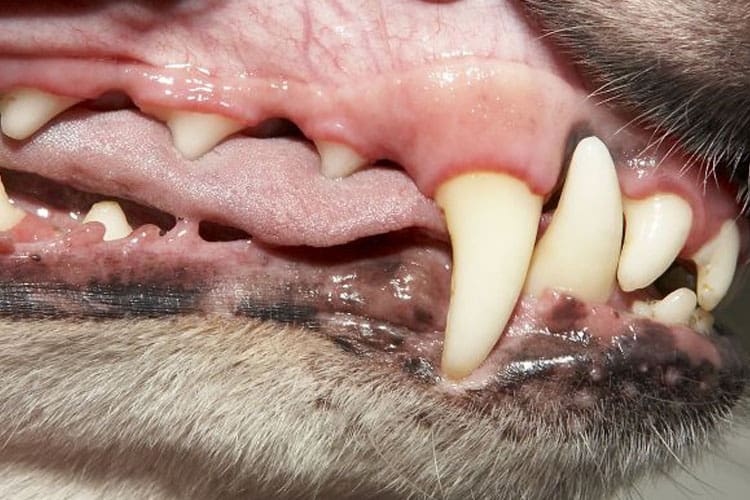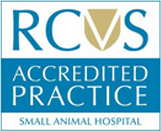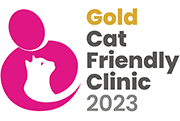
Reason for Nomination: A winning smile!
Dolly trotted in through the door of the consulting room for her annual check up and vaccination, fresh from a walk in the sunny weather, but something clearly wasn’t quite right. Her owners had noticed that she was dribbling more than normal, she had some very smelly breath and was not playing as much and or as affectionate as she normally was.
A thorough examination of her mouth revealed some very sore teeth, particularly those right at the back of the mouth that through normal petting you wouldn’t normally get to see. Dogs usually have up to 42 teeth, which is a lot to fit in a small mouth!
The best way to examine the mouth in our furry friends is to have them stay with us for the day for a general anaesthetic. This way we are able to open the mouth fully and examine every surface of every tooth. We are even able take x-rays of the tooth roots for problem teeth, just like at the human dentists.
Once Dolly was under anaesthetic we were able to full examine all of her teeth. Unfortunately her teeth were even worse than initially thought: when we x-rayed her mouth we discovered she had an abscess around the base of her molar teeth – no wonder she wasn’t herself!
The bacteria naturally occurring in mouths, including our pet’s mouths, use components from saliva and food debris to form a substance called plaque on the surface of the teeth. This forms a matrix which protects the bacteria and allows a mesh for brown-coloured tartar (also known as calculus) to build up on the teeth. Calculus harbours even more bacteria and allows them to grow.
Gingivitis (redness and inflammation of the gums) is the response of the body to an increasing bacterial population on the teeth. Over time this irritation and inflammation causes further damage to the gums, resulting in pocketing around the teeth at the gum line. This in turn leads to periodontal disease, where the ligaments and structures holding the roots in place start to break down and the teeth become loose.
The bacteria in Dolly’s mouth were so well established that they had been able to penetrate to the base of the teeth through this periodontal damage and form an abscess, causing pain. At this stage the best way to help her was to remove the affected teeth, which came to seven in total! The rest of the teeth were scaled and polished to allow Dolly to start afresh. She went home to her loving family that evening with pain relief and a short course of antibiotics to get rid of the nasty infection.
Two weeks later and she is back to the playful, happy dog that her family adore so much. We are all so glad that she is comfortable again. Dolly’s owners have even started brushing her teeth to try to ward off that pesky plaque forming again!
It just goes to show that dogs are so motivated to eat that they won’t show many outward signs of oral pain, even when severe dental disease is present! If you are concerned about your dog or cat’s teeth then book in for an appointment to get them checked out by one of our nurses or vets.











